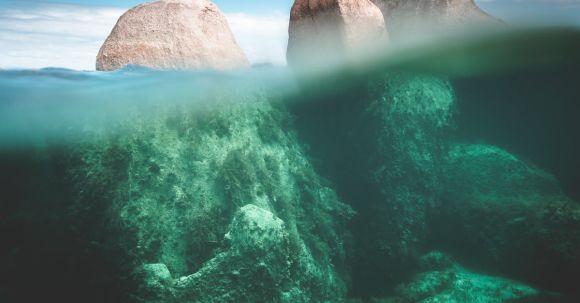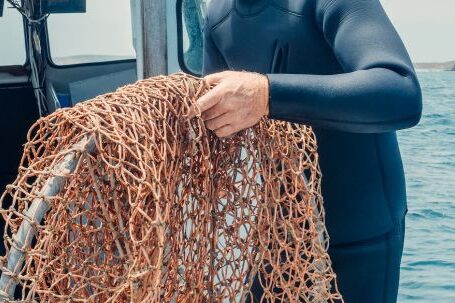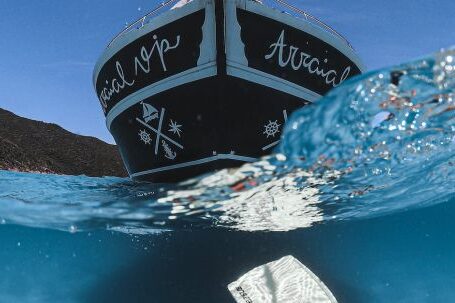The world beneath the waves is a mysterious and captivating place. Hidden beneath the ocean’s surface, there lies a vast network of underwater volcanoes, each with its own unique story to tell. These submerged giants, known as seamounts, are a fascinating window into the dynamic and ever-changing nature of our planet’s geology. In this article, we will take a deep dive into the world of underwater volcanoes and explore the incredible forces at work beneath the ocean’s surface.
A Submerged Landscape
Submerged beneath the ocean’s surface, underwater volcanoes form a breathtaking landscape. These towering peaks rise from the seafloor, often reaching heights of several thousand meters. Unlike their terrestrial counterparts, which are often covered in vegetation, underwater volcanoes are stark and barren. Yet, despite their desolate appearance, they are teeming with life. The nutrient-rich waters surrounding these volcanoes attract a diverse array of marine organisms, creating vibrant ecosystems that thrive in this underwater environment.
A Window into Earth’s Interior
Underwater volcanoes offer a unique opportunity to study the inner workings of our planet. As magma rises to the surface, it creates new landforms, shaping the seafloor and altering the underwater landscape. By studying these volcanoes, scientists can gain insights into the processes that drive plate tectonics and the formation of new crust. This knowledge is invaluable in understanding the geological history of our planet and predicting future volcanic activity.
The Birth of an Underwater Volcano
The formation of an underwater volcano begins deep beneath the Earth’s surface. As tectonic plates shift and collide, magma is forced upward, creating a pathway to the surface. As the magma reaches the seafloor, it erupts, releasing gases and molten rock into the surrounding water. Over time, these eruptions build up layers of solidified lava, gradually forming the cone-shaped structure of an underwater volcano. The process can take thousands, if not millions, of years.
Active Volcanoes: A Window into the Present
While many underwater volcanoes are extinct, some are still active, providing a rare opportunity to witness the raw power of nature in action. These active volcanoes can erupt at any moment, spewing ash, lava, and gases into the water. Exploring these volcanoes is a dangerous endeavor, but it allows scientists to observe and document the eruptive process firsthand. By studying these eruptions, scientists can gain valuable insights into the behavior of active volcanoes and develop better methods for predicting and mitigating volcanic hazards.
Protecting Underwater Volcanoes
Despite their remote location, underwater volcanoes are not immune to human impact. Activities such as deep-sea mining and fishing can have a detrimental effect on these fragile ecosystems. It is crucial that we take steps to protect these underwater wonders and ensure their preservation for future generations. By establishing marine protected areas around underwater volcanoes, we can safeguard their unique geological and biological features and promote sustainable practices in the surrounding waters.
In Conclusion
Exploring underwater volcanoes offers a fascinating glimpse into the dynamic and ever-changing nature of our planet’s geology. These submerged giants, with their towering peaks and vibrant ecosystems, are a testament to the incredible forces at work beneath the ocean’s surface. By studying underwater volcanoes, scientists can unlock the secrets of Earth’s interior and gain insights into the processes that shape our planet. It is our responsibility to protect these underwater wonders and ensure their preservation for years to come. So, the next time you gaze out at the vast expanse of the ocean, remember the hidden world of underwater volcanoes that lies just beneath the waves.





